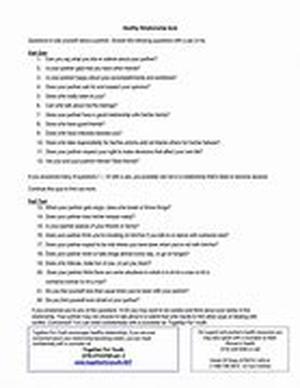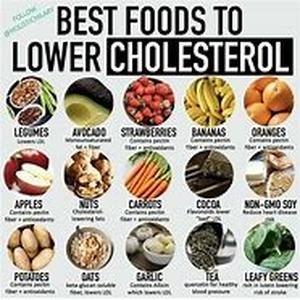
Myrtle Is The Common Name For A Family Of Shrubs And Trees Collectively Referred To As Myrtaceae. They Almost Entirely Found In Tropical Regions, Especially In America And Australia. Myrtle Can Also Be Found In The Mediterranean, North Africa, And Iran. The PlantMyrtle Is Characterized By Evergreen Leaves That Contain Aromatic Volatile Oils. Many Varieties Of Myrtle Produce Showy Blossoms, Gums, And Resins. The Tree Produces Black Berries Which, Along With The Leaves, Are Used Mostly For Aromatherapy.Health BenefitsThe Use Of Myrtle Can Be Traced Back To The Time Of The Ancient Greeks. It Was Said That Athletes Wore Evergreen Wreaths Of Myrtle Leaves Around Their Crowns During The Olympics. Believing That It Was A Symbol Of Immortality, They Also Used It In Many Love Potions And Treatments For Different Ailments. During The Time Of The Romans, Myrtle Was Used To Treat Respiratory And Urinary Problems. The Egyptians Used It For Nervous Afflictions. In France, The Women Drank Tea Made From Crushed Myrtle Leaves To Preserve The Youthfulness Of Their Appearance And Their Overall Vigor. And At One Time In History, There Were Even Some Talks Of The Myrtle Tree As A Cure For Cancer, But Little Evidence Was Found Concerning This.Traditionally, Myrtle Was Used To Treat Coughs And Various Types Of Respiratory Infections, Such As Bronchitis. Because Of Its Astringent Properties, It Has Also Gained A Reputation For Promoting Good Digestion, Treating Urinary Tract Disorders, And Prevention Infections In Wounds. According To Modern Laboratory Studies, The Herb Contains Substances That Are Anti-inflammatory, Making It A Good Astringent Compound. This Likely Explains The Plants Enduring Use For Wounds And Coughs.Aside From Healing Wounds, Myrtle Is Said To Be Anti-infective And Is A Good Tonic For Speeding Up The Healing Process. In The Middle East, It Has Long Been Viewed By Traditional Healers As A Useful Herb For Diabetes. The 1980s Saw Scientists Placing The Myrtle Herb Under The Microscope In An Attempt To Identify The Active Ingredients That Lends It Its Various Medicinal Properties. Results Of One Study Indicated That Extract From The Herb Can Lower Down Blood Sugar In Mice. This Explains The Association Linking Myrtle With Diabetes. However, There Is Still No Clear Proof That The Herb Is Safe To Use And Effective For People Who Have The Disease.Guidelines For UseMyrtle Extract Is Made From Plants Leaves And Seeds. Most Tests Have Shown Positive Effects If The Plant Extract Is Taken Orally And In Liquid Form. A Typical Dose Is Usually Around 1 To 2 Ml Of The Essential Oil Daily. Make Sure That You Ask Your Doctor First Before Taking It. Topical Formulations Are Also In Practice Although Not Common. Again, Be Sure To Use This Plant Only Under Your Doctors Supervision. There Are Two Varieties Of Myrtle. Take Care That You Do Not Confuse The Two. Myrtus Communis, The True Myrtle, Is The Plant Mentioned Here. The Other Variety, Called Madagascar Myrtle (Eugenia Jambolana) Is A Completely Different Plant And Has Entirely Different Effects On The Body.Myrtle Is Known To Work Well With Other Herbs And Nutritional Supplements. However, Avoid Using It If Youre Taking Insulin Or Oral Sulfonylureas. The Herb May Boost The Blood Glucose, Lowering The Effect Of These Medications.TOTAL WORD COUNT - 545KEYWORDS "Myrtle" - 20 (density 3.7)





